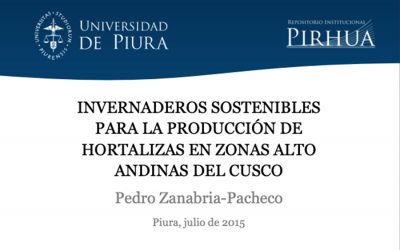Mag. Alexander Zanabria
Abstract
The current model of the Peruvian electricity market has in the Committee of Economic Operation of the National Interconnected System (hereinafter COES) the coordinating entity of the wholesale market, which uses an economic criterion to meet its objectives, since, as a result of the different forms of generate electricity, different variable costs arise. Therefore, the short-term system is organized through economic efficiency, that is, the most efficient combination of power plants is used to supply demand, to finally operate at marginal costs, through minimum costs. In this model, all generators sell energy through a system of hourly auctions directed by the COES, who, through a balance between the supply and demand of electricity, has the necessary amount of energy to be auctioned.
In summary, the COES, on the one hand considers the variable costs incurred by the generators, and on the other hand, the most efficient combination of power plants to supply the electricity demand, however, considering that we are in a process of energy transition towards the use of less polluting energy, the question arises why, if the national energy policy by 2040 considers developing an energy sector with minimal environmental impact and low carbon emissions, the costs associated with negative externalities are not considered when assigning the dispatch of energy in the wholesale market? The study will answer this question and propose a regulatory improvement that would facilitate the implementation, through a social cost, of the valuation of the externalities produced by electricity generation.
EXTERNALITIES IN THE ELECTRICAL SECTOR Download
Source: Habitat Verde
https://habitatverde.pe/externalidades-en-el-sector-electrico-su-alcance-en-las-energias-renovables-y-propuesta-de-mejora-regulatoria-2/
Language: Español



